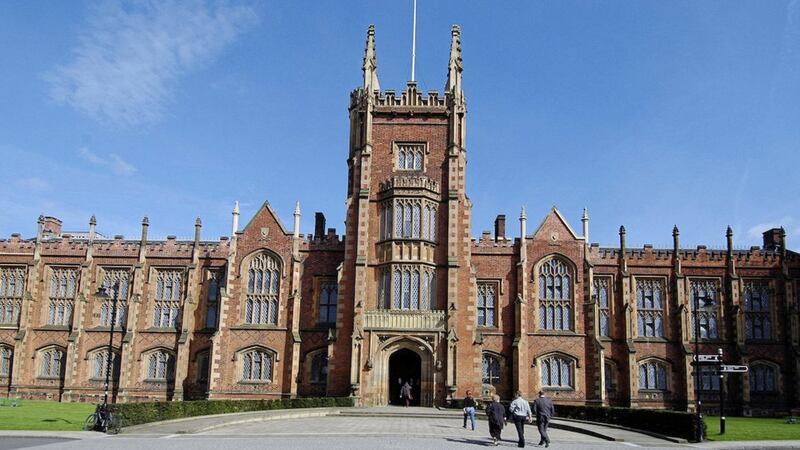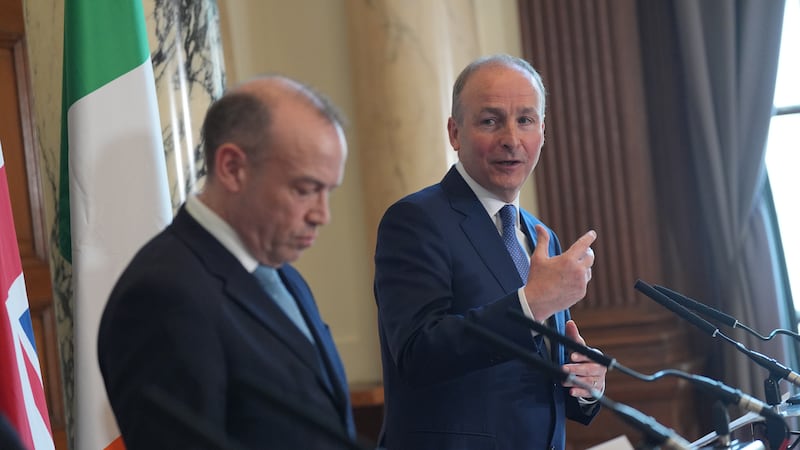University funding is so complicated it is hard to have a straightforward debate about any aspect of the system, as the Stormont executive will discover if it considers raising student tuition fees.
One point worth understanding is how any argument over fees in Northern Ireland is not really about saving Stormont money but about the growth of our universities.
As a very rough guide, Queen’s University Belfast and Ulster University get one third of their income from student fees and another third as Stormont grants. We will come to the final third later.
Stormont has a number of middle-man functions with student loans but it does not collect or spend the money itself, so putting fees up would not raise the executive’s income. What it would do is raise university income from fees, allowing Stormont to cut its grants. Potentially, this could save the executive up to £180 million a year - the total of its grants to all universities, including Stranmillis. The actual figure would be a lot less, as bizarrely loan defaults do come out of Stormont’s budget and putting fees up would increase defaults.
You might wonder why universities here are keen to raise fees when it would just mean a corresponding cut in grants. The answer is that Stormont caps student numbers because it is subsidising their fees. If you know anyone in academia, you will doubtless have heard them muttering about “the mazzuns” - the Maximum Aggregate Student Numbers (MASNs).
Capping numbers constrains university growth, prevents local demand for places being met and forces over one quarter of students to go to Britain, where they have to pay higher fees anyway.
The point of introducing tuition fees was to free universities from grant dependency and let them expand at will. English universities have largely replaced their grant income with fee income, resulting in plentiful places. Northern Ireland has fees and a shortage of places - the worst of both worlds.
In terms of the effect on prospective students, the arguments for and against higher fees are well rehearsed. On the plus side, fees are effectively a time-limited, means-tested graduate tax, repayable to the extent a degree ‘works’ by getting you a better-paid job. With lower wages than Britain, there is a case for Northern Ireland being the best place in the UK to invest in a student loan.
On the minus side, there is evidence people from lower-income backgrounds are deterred from studying by taking on a mountain of debt.
Stormont could do better in explaining the considerable help it already offers such people. The executive spends just under £100 million a year on student support, the major portion of it on £3,500 per year maintenance grants for students from low-income backgrounds. More grants to students could be funded from lower grants to universities. That is an important part of any debate on raising fees.
However, the key debate is how to lift Stormont’s cap on the growth of universities. There is little question this is hampering our entire economy, draining brains out of Northern Ireland and generally impacting everyone.
We need to quantify these costs and ask if they are worth a lower graduate tax for those lucky enough to still get a local place. If we decide fees cannot be raised, other options should be explored. One experiment that could be attempted is raising or abolishing MASNs without cutting Stormont grants, to see how far universities can expand under existing funding arrangements. This does not look any riskier to the public purse than Ulster University’s Belfast campus relocation, for example.
That brings us to the final third - in fact, a bit less than a third - of university income. It comes from research grants, mainly from central government bodies, plus spin-off companies and commercial partnerships that largely arise from this research.
The research element of universities is the most direct driver of their economic significance, crucial to any country or region’s development.
The potential of commercialisation is enormous. Queen’s owns 12 per cent of software firm Kainos, which last week became Northern Ireland’s first £1 billion company.
The way research is increasingly organised across the UK requires universities, industry and government - in our case, devolved government - to invest jointly in collaborative projects. There are strong signs Northern Ireland underperforms on this, while capping the size of universities must ultimately ensure underperformance.
In any debate on university funding, that cannot be overlooked.









